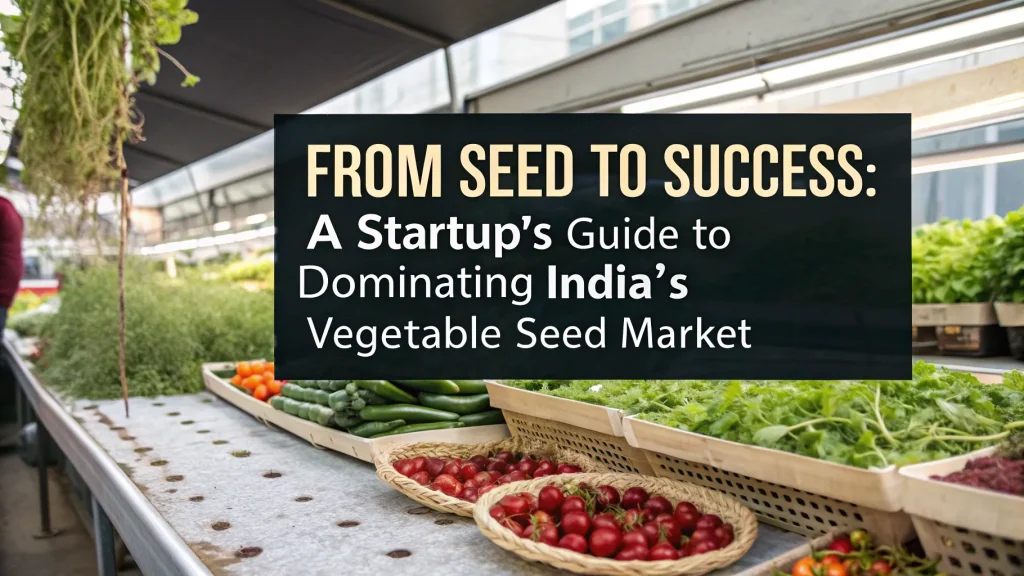In the global economy, tapping into international markets is not just an opportunity—it’s a necessity for many growing businesses. Whether you deal in garments, food products, machinery, or handicrafts, identifying and successfully contacting international buyers can take your export business to the next level. However, finding and reaching out to these buyers can be challenging, especially for new exporters unfamiliar with the intricacies of global trade.
Let’s explore a step-by-step approach to identifying, contacting, and building strong relationships with international buyers that can support long-term business growth.
See Also: Best Paint for Wood Furniture
Step-by-Step Guide to Contacting International Buyers
1. Understanding the Market and Product Demand
Before jumping into contacting international buyers, you need a deep understanding of your product’s market potential abroad. Use trade data platforms like ITC Trade Map, government export portals, and commercial trade reports to analyze where demand for your product exists. Knowing your target country or region ensures you approach the right type of buyer and tailor your pitch accordingly.
For example, if you’re exporting spices, you’ll find better markets in Europe and the Middle East. On the other hand, if you’re exporting textiles, the U.S. or African markets might be more favorable.
2. Register Your Export Business Legally
No international buyer will consider a seller who isn’t legally recognized. Register your business with all the necessary government export departments. In India, for instance, this includes:
-
Obtaining an Import Export Code (IEC) from DGFT
-
Registering with an Export Promotion Council (like APEDA, EPCH, etc.)
-
GST registration and PAN card for the business
Having legal credentials adds credibility to your communications and ensures buyers you’re legitimate.
3. Build an Impressive Online Presence
In today’s digital age, international buyers often conduct background checks by visiting your website or LinkedIn profile before responding to inquiries. So, invest in:
-
A professional website with high-quality images, certifications, and product details
-
A company profile PDF or video introduction
-
Active social media pages (especially LinkedIn)
-
Online business listings on B2B platforms
Make sure your website has a clear “Contact Us” page and provides essential information like company background, product catalog, and export capacity.
4. Use Online B2B Marketplaces
B2B platforms are among the most effective tools for exporters to meet international buyers. These websites allow you to create a profile, list products, and directly interact with potential customers.
Some leading platforms include:
-
Alibaba
-
IndiaMART (for regional leads)
-
Global Sources
-
TradeIndia
-
ExportHub
-
EC21
-
Made-in-China
Ensure your product listings are detailed, with price ranges, specifications, MOQ (minimum order quantity), and delivery terms. Respond promptly to inquiries—speed is often a deciding factor for buyers.
5. Attend International Trade Fairs and Exhibitions
Nothing beats face-to-face meetings when it comes to building trust. International trade fairs, buyer-seller meets, and exhibitions are perfect opportunities to showcase your products, meet international buyers, and understand their expectations firsthand.
Events such as:
-
Canton Fair (China)
-
SIAL (France and China)
-
ANUGA (Germany)
-
India International Trade Fair (IITF)
-
Dubai Expo
You can also get support from Export Promotion Councils who organize Indian pavilions in such fairs. Networking at these events not only helps with lead generation but also builds brand awareness.
6. Approach Embassies and Trade Commissions
Indian embassies abroad or foreign trade commissions in India often maintain databases of international buyers interested in sourcing from Indian exporters. Approach these bodies for:
-
Buyer contact information
-
Invitations to trade events
-
Country-specific market intelligence reports
-
Sector-specific leads
This method may take longer, but the leads are often verified and serious.
7. Cold Emailing and LinkedIn Outreach
Once you’ve identified international buyers or trading companies online, send them a personalized email introducing your company and offerings. Here’s how to make your emails more effective:
-
Use a clear subject line (e.g., “Supplier of Organic Spices – Export Ready”)
-
Personalize the content by mentioning the buyer’s company name or market
-
Attach a company profile, product catalog, and certifications
-
Use a professional signature with website and contact details
Similarly, connect with procurement officers and business development heads on LinkedIn. Send short, non-spammy messages showing how your product adds value.
8. Partner with Export Agents or Buying Houses
Sometimes, international buyers prefer working with intermediaries who consolidate products from multiple suppliers. You can tie up with export agents, merchant exporters, or buying houses, especially if you’re a small manufacturer.
These intermediaries already have a list of international clients, and partnering with them gives you access to their network without direct outreach.
9. Utilize Government Schemes and Portals
Most countries, including India, have launched government portals to promote exports. Some Indian examples include:
-
DGFT (Directorate General of Foreign Trade)
-
Indian Trade Portal (by FIEO)
-
MSME Export Promotion schemes
-
TIES (Trade Infrastructure for Export Scheme)
These portals publish tender notices, buyer inquiries, and foreign trade leads. Exporters can register and directly access opportunities to contact international buyers.
10. Deliver Exceptional Samples and Service
After establishing contact, international buyers often ask for samples. Make sure:
-
Samples are well-packaged and represent your best quality
-
Include technical specifications, instructions, and usage details
-
Mention clearly whether the sample is free or chargeable
-
Provide a tracking number and follow up after dispatch
Prompt sample delivery and proactive follow-up indicate professionalism and reliability—key factors that buyers assess when selecting long-term suppliers.
11. Maintain Communication and Build Relationships
The first order is just the beginning. Regular communication, transparency, and timely updates go a long way in building lasting relationships with international buyers. Share updates on new product launches, packaging improvements, or special seasonal discounts via newsletters or WhatsApp Business.
Avoid overpromising, and always honor delivery timelines. Remember, one happy buyer can bring multiple referrals.
12. Don’t Ignore Certifications and Documentation
Many international buyers prefer or require certifications that ensure quality and compliance with their local standards. Depending on your product, consider obtaining:
-
ISO certification
-
CE Marking
-
HACCP (for food)
-
GMP (for cosmetics or pharmaceuticals)
-
USDA Organic, Halal, Kosher, etc.
Documentation is equally crucial. Always have export documents like commercial invoices, packing lists, Bill of Lading, Certificate of Origin, and shipping advice ready and accurate.
See Also: Right Paint Color
Final Thoughts
Breaking into the export market requires preparation, persistence, and professionalism. By combining traditional outreach methods with modern digital tools, you can effectively connect with international buyers who are actively seeking new suppliers. Remember, the key to export success is not just finding a buyer—but retaining them through quality, reliability, and ongoing communication.
Focus on building trust, understanding buyer preferences, and staying compliant with international standards. With consistent efforts and a customer-first approach, your brand can gain a solid reputation in global markets and grow beyond borders.





